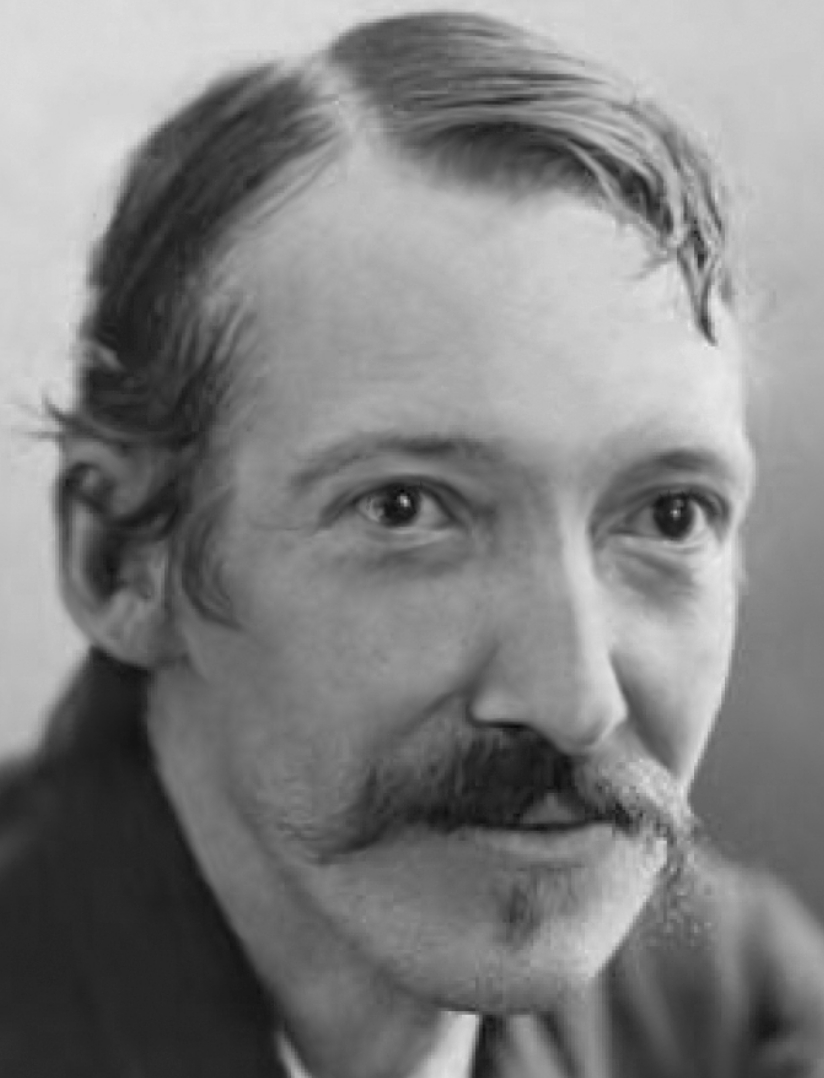On this date in 1850, poet and novelist Robert Louis Stevenson was born in Edinburgh, Scotland to Margaret (Balfour) and Thomas Stevenson. His father was a civil engineer who designed lighthouses and his mother’s father was a Church of Scotland minister. As a frail, often bed-ridden child suffering from lifelong lung problems, he let his imagination soar. His classic A Child’s Garden of Verses (1885) perfectly evokes childhood.
Stevenson studied law, took the bar in 1875 but never practiced due to ill health. His early rejection of Christianity created a schism with his Presbyterian father, who raged the ” ‘orrible atheist” at his son. Moving to London, he started contributing to leading magazines. A walking trip in France produced Travels with a Donkey in Cervenne (1878). His first novel, An Island Voyage (1878), was followed by Treasure Island, The Strange Case of Dr. Jekyll and Mr. Hyde and Kidnapped. Stevenson specialized in adventure and often dipped into the macabre, explaining, “But we are so fond of life that we have no leisure to entertain the terror of death. It is a honeymoon with us all through, and none of the longest.”
In 1880 he married Frances “Fanny” Van de Grift Osbourne, 10 years his junior and the divorced mother of three. Two biographers concluded that Stevenson, while not wishing to affiliate with rationalist groups, was an agnostic. Biographer Francis Watt (R.L.S., 1913) wrote that Stevenson “was destitute of fixed creed or belief, and that he is properly described as an Agnostic.” In The Letters of Robert Louis Stevenson (1994), a love letter included a touching line: “I believe in you as others believe in the Bible.”
In 1890 the family settled on the island of Samoa and Stevenson took the native name Tusitala (Teller of Tales). He continued to write and was active in local politics. He died at age 44 in 1894, probably of a cerebral hemorrhage while straining to open a bottle of wine. Although his family erected a tomb with religious references for his grave by the Pacific, one side carries a bronze plaque with his chosen secular epitaph “Requiem” and its lines “Here he lies where he longed to be / Home is the sailor, home from sea.” (D. 1894)
PHOTO: Stevenson the year before he died.


